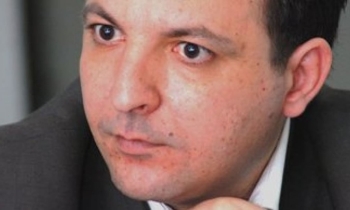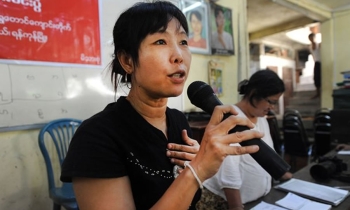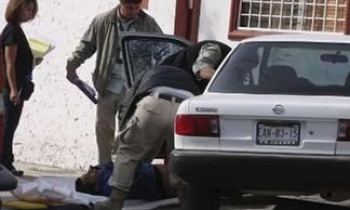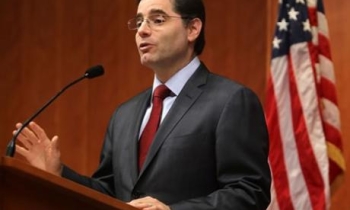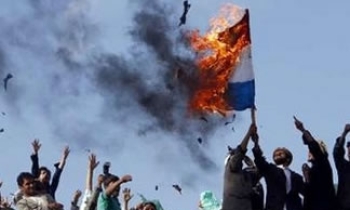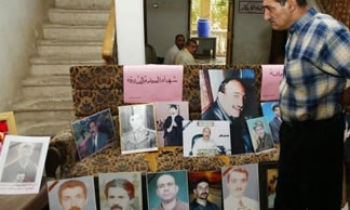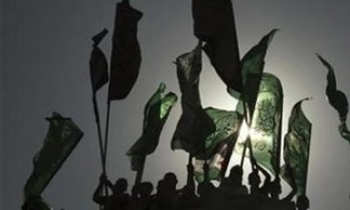This has been a bad week for those writing on TV news in a fixed column slot — everyone else beat you to it and everything seems to have been said. That includes the naval chief sailing into the choppy waters of media criticism with his deck guns blazing but his battle plans all wrong. TV news editors had an easy time returning fire. TV news would no doubt argue that most other critiques of 26/11 coverage have been answered, too. Shoving mikes in front of distressed people? They wanted to share. Too close to the theatre of operation? If someone told us we would have moved away. And just in case anyone still has doubts, Narayana Murthy and Suketu Mehta, among many others, rated 26/11 coverage as first class.
Well, your correspondent has doubts, and he’s perhaps not the only one.
Doubt number 1. Okay, let’s assume people coming out of the terrorist/hostage situation all wanted to share, but why did all TV reporters look as if they would have extracted the information anyway? That’s what put off viewers. The answer, by the way, is not to intensely emote. On NDTV’s post-attack We the People show from Mumbai, a survivor fulfilled his function as a show guest by, as it were, recounting the number of family members he lost. This was a gut-wrenchingly sad and personal narrative that looked horribly misplaced in a talk show. Intense emoting on the part of the host followed. If you watched and didn’t cringe you are a stronger person than I am.
Doubt number 2. Maybe the Government goofed up not laying down rules of coverage. Does that end all questions on journalistic responsibility? Think about it. If journalists, especially senior editors, say they need the government to tell them how to do their business, they are opening a door many politicians would love to never shut again.
Doubt number 3. Indeed, politicians may well question the editorial judgment displayed by TV news while covering the so-called anti-politician rallies. Overawed reporters — the number of rally attendees was never clear; in hundreds, thousands or lakhs? — and hyperventilating anchors let anyone say anything, on camera and via the bottom-of-the screen scroll. Don’t tell me this was real democracy at work. Editors and producers were deciding, as they always must, what to show. What was shown included comments comparing politicians to terrorists, calls for war, a wish to personally accompany a missile launched at you know which country. All English language channels were guilty. In descending order of guilt: Times Now, CNN-IBN, NDTV. If a bunch of union leaders had held a rally and wanted to speak on and on about beating up CEOs of specific companies, would English language TV news have been so indulgent? If the answer’s yes, it’s even scarier.
Doubt number 4. Times Now profiled some Pakistani TV channels talking up tension. It was a good montage — the discussion that followed was boilerplate TV news talk — made better by the fact that Times Now, CNN-IBN and NDTV weren’t exactly being models of sobriety. In hindsight, ‘Enough is Enough’ should strike NDTV as being a particularly ill-chosen news slogan. It almost forced NDTV anchors to search for evidence of imminent belligerence on India’s part. Two cheers to Prem Shankar Jha for pointing that out while on NDTV (one cheer subtracted because panellists must not look so impatient to get the mike back). On CNN-IBN anchors asked the channel’s foreign editor whether Condoleezza Rice had said enough. Not enough, was the ‘analysis’. ‘Not enough’, shall we say, is not enough for TV.

